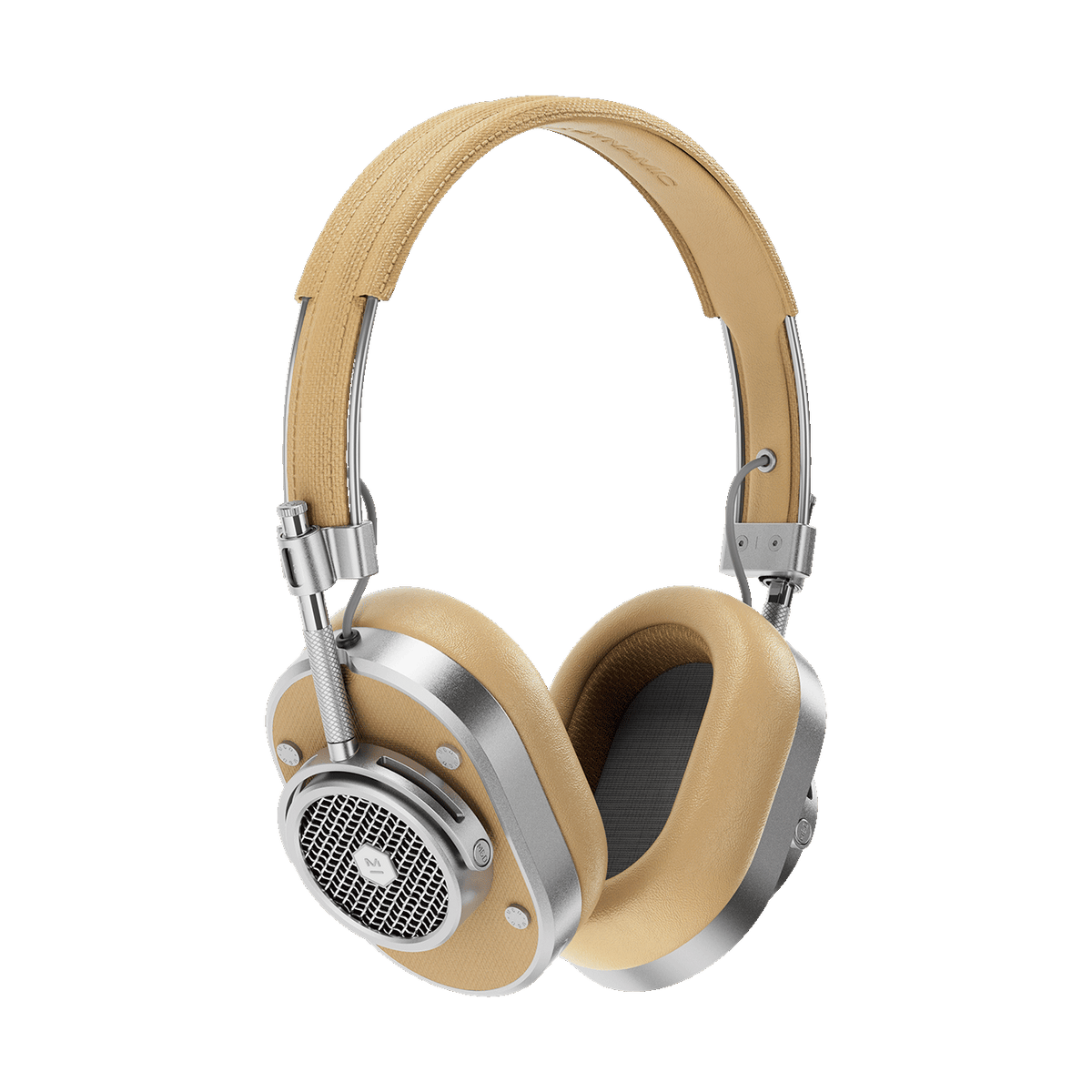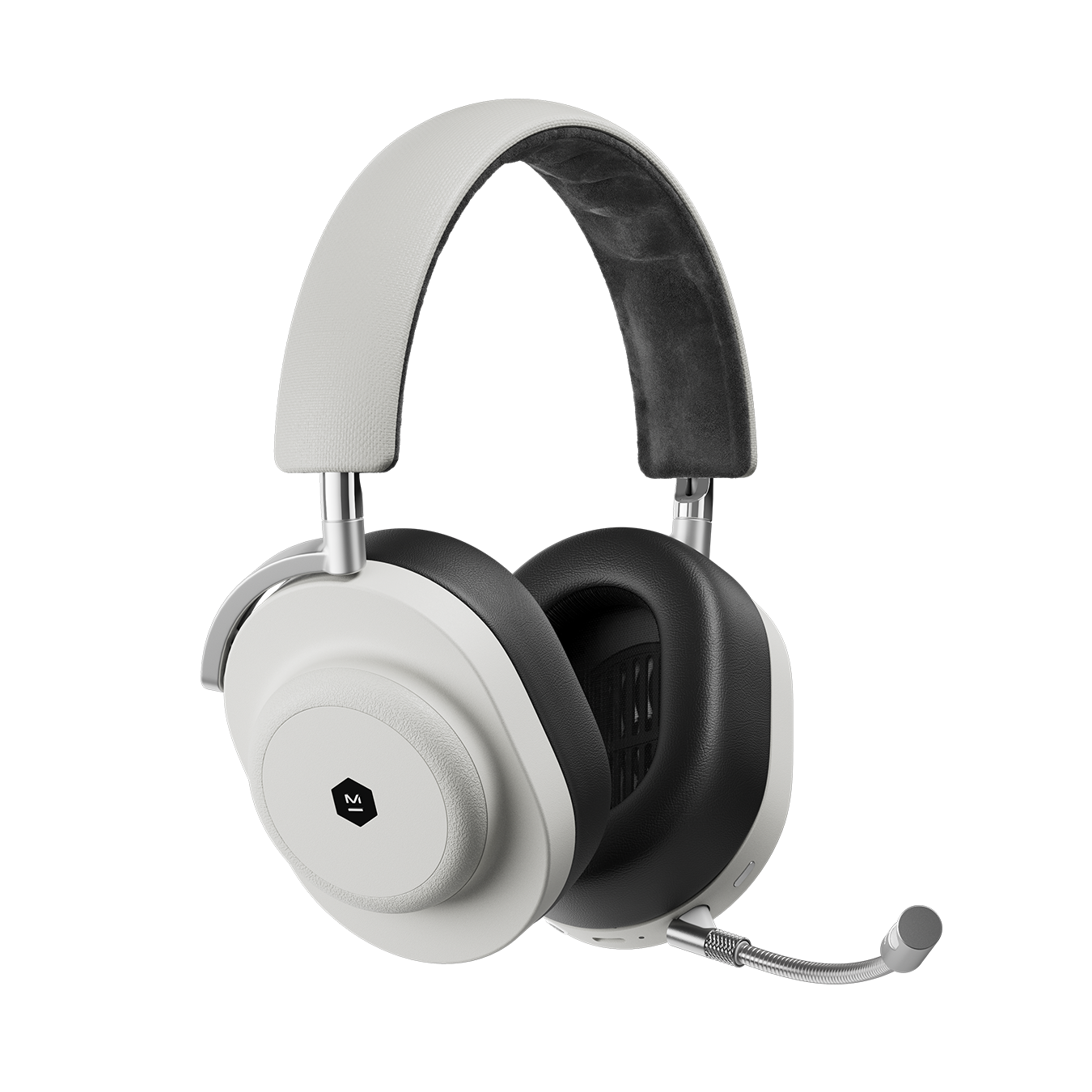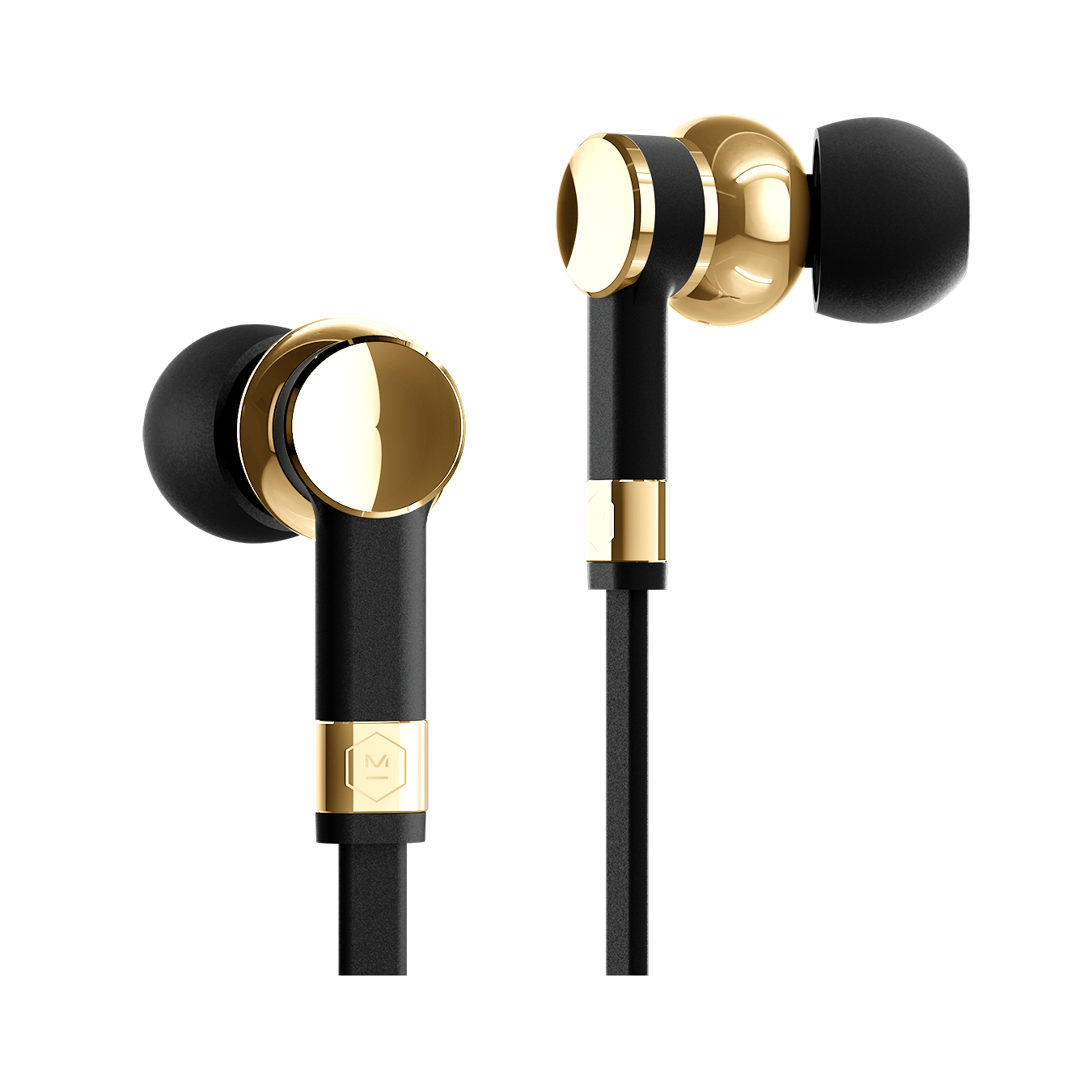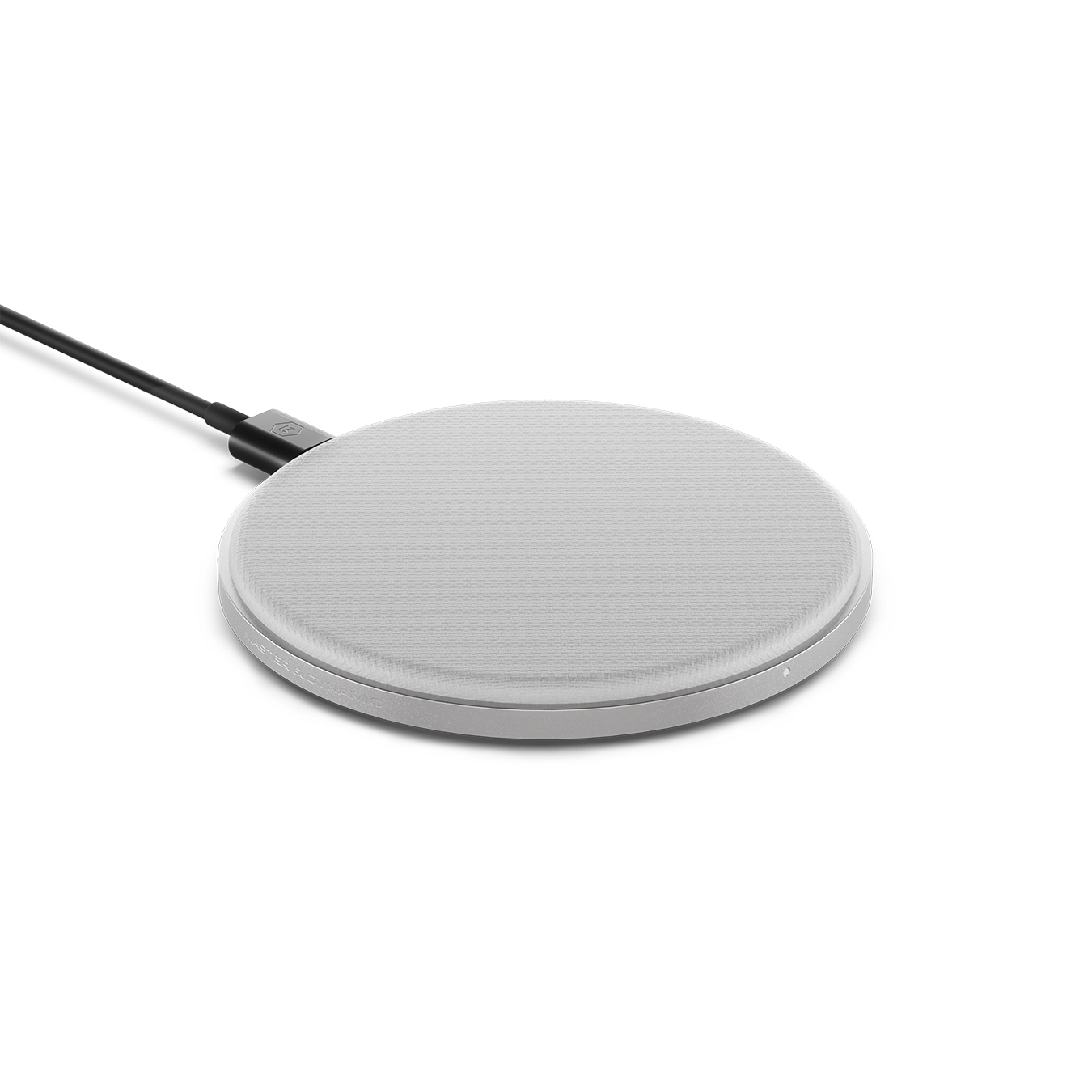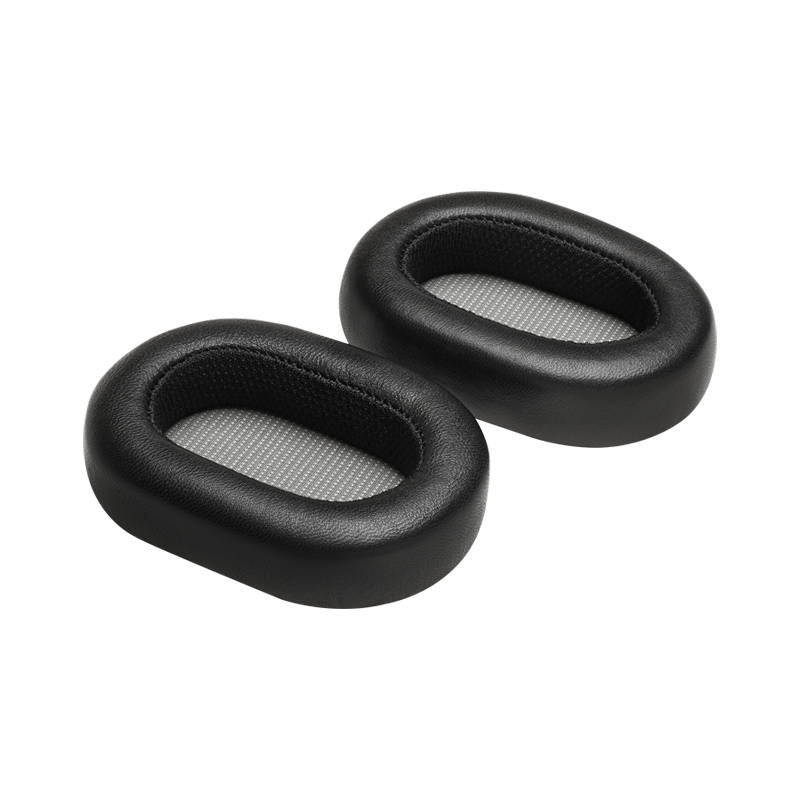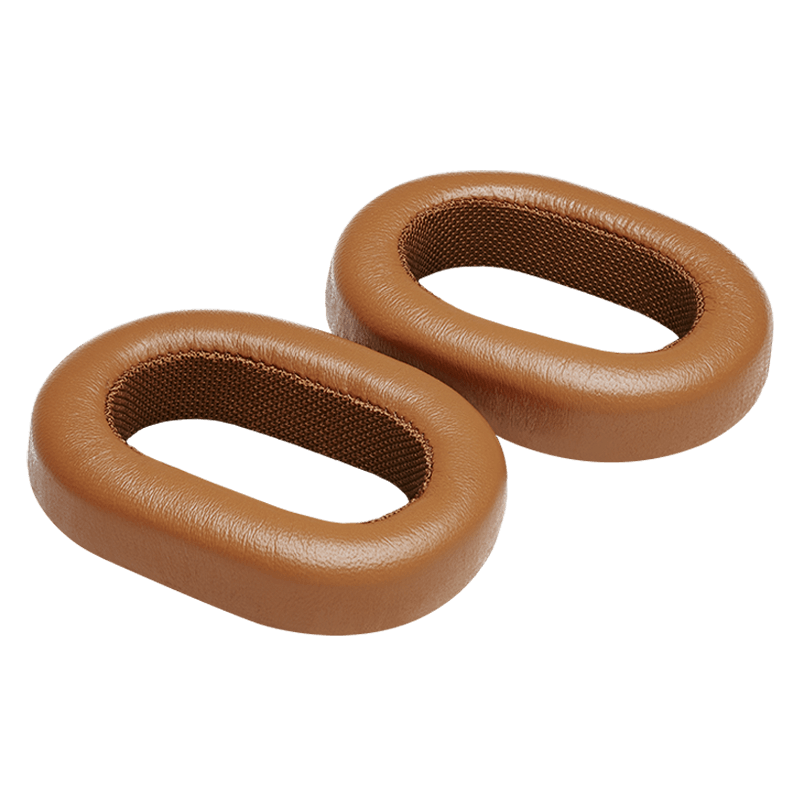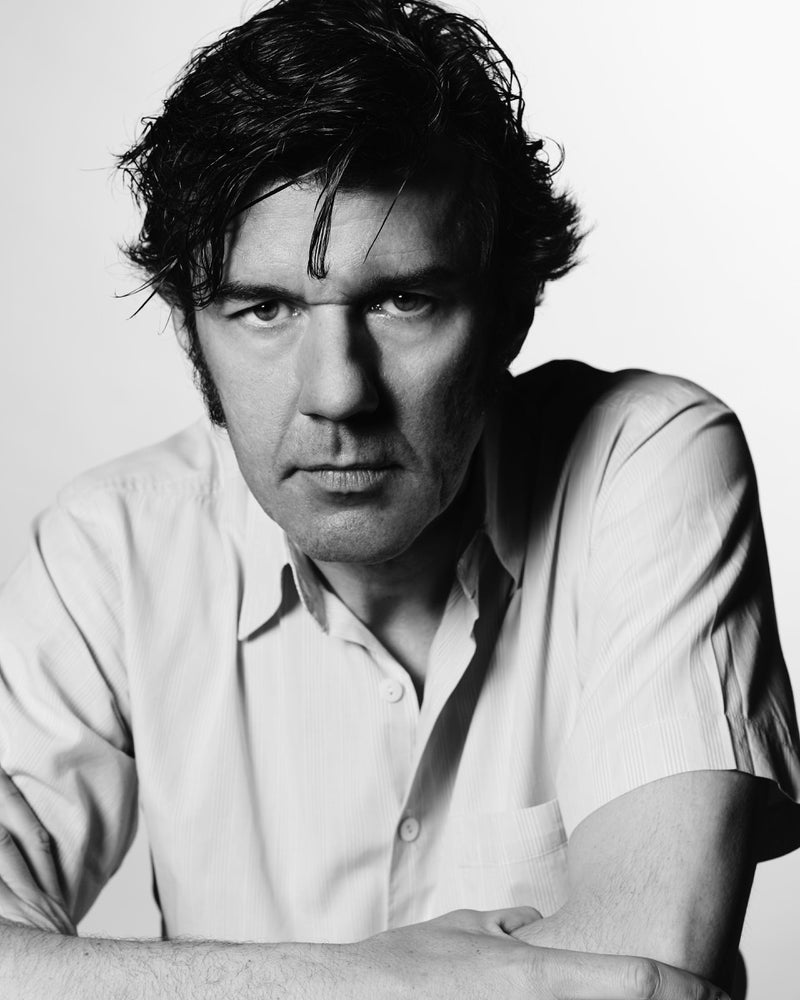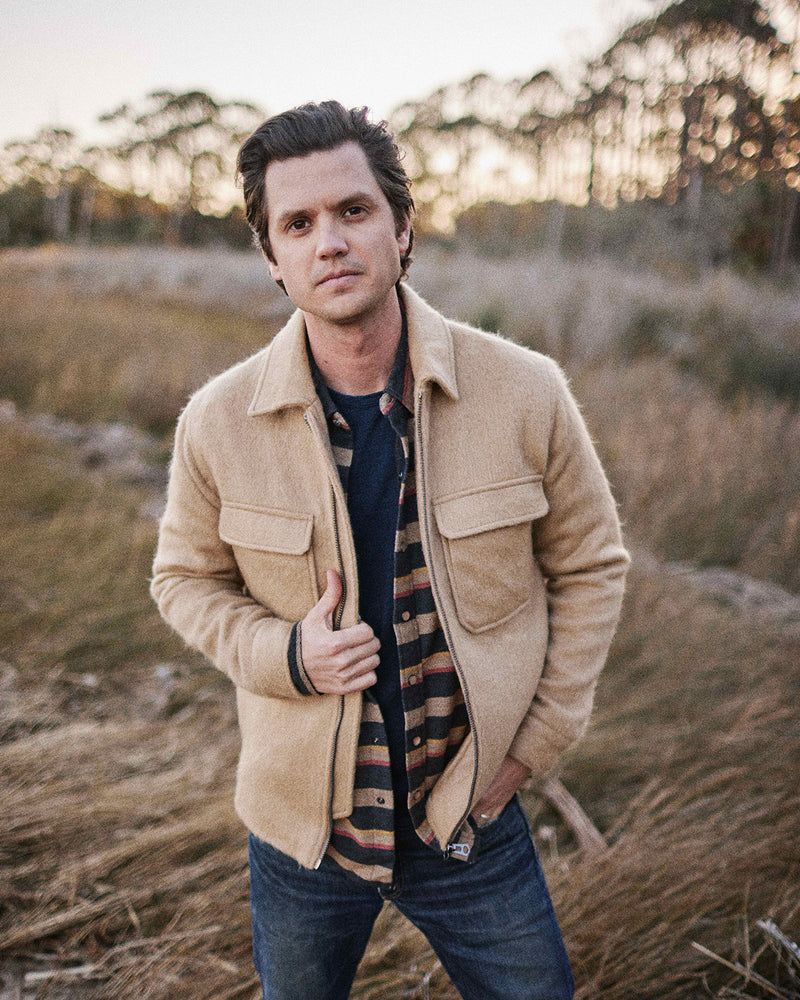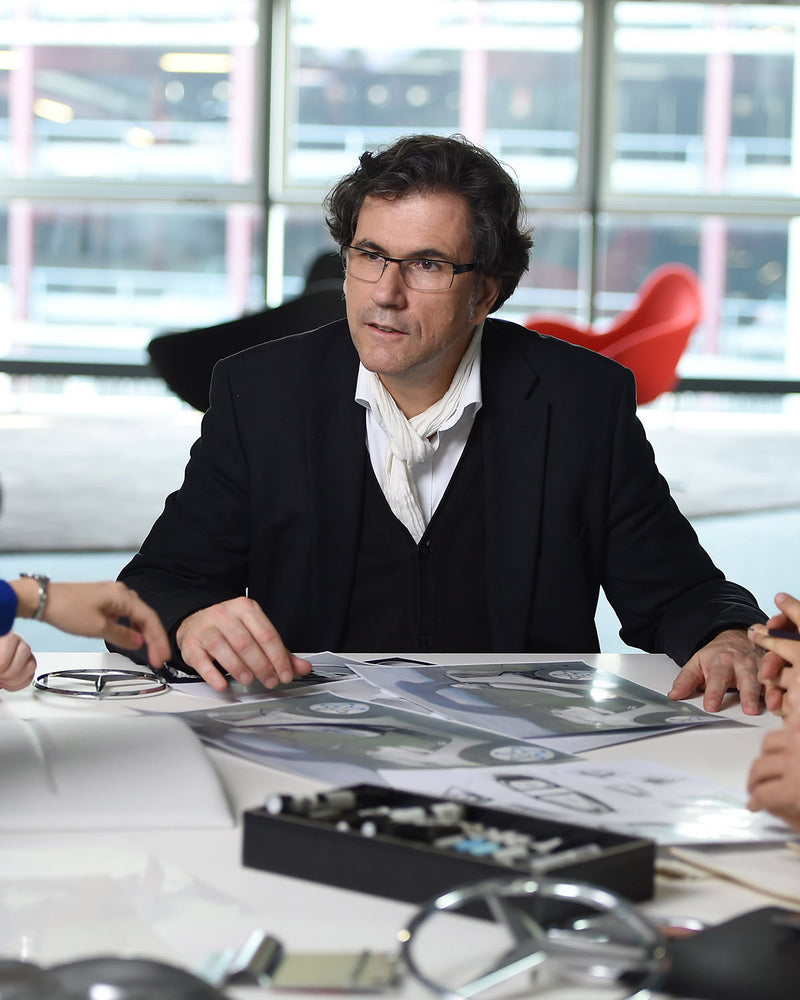According to The Wing’s in-house historian, the first professional women’s club in America was founded after Fanny Fern, a popular American newspaper columnist, was turned away from a speech Charles Dickens gave at the New York Press Club and told she could, “listen through a crack in the door.” Over 100 years later, The Wing carries on the tradition. Famous for its “No Men Allowed” policy, powerhouse guest speakers, and oft-instagrammed interiors, The Wing has grown rapidly in its hometown of New York City, with a brand new Brooklyn location and a Washington D.C. outpost on the horizon. We spoke to two of the creatives responsible for the club’s success: architect Alda Ly and interior designer Chiara de Rege.
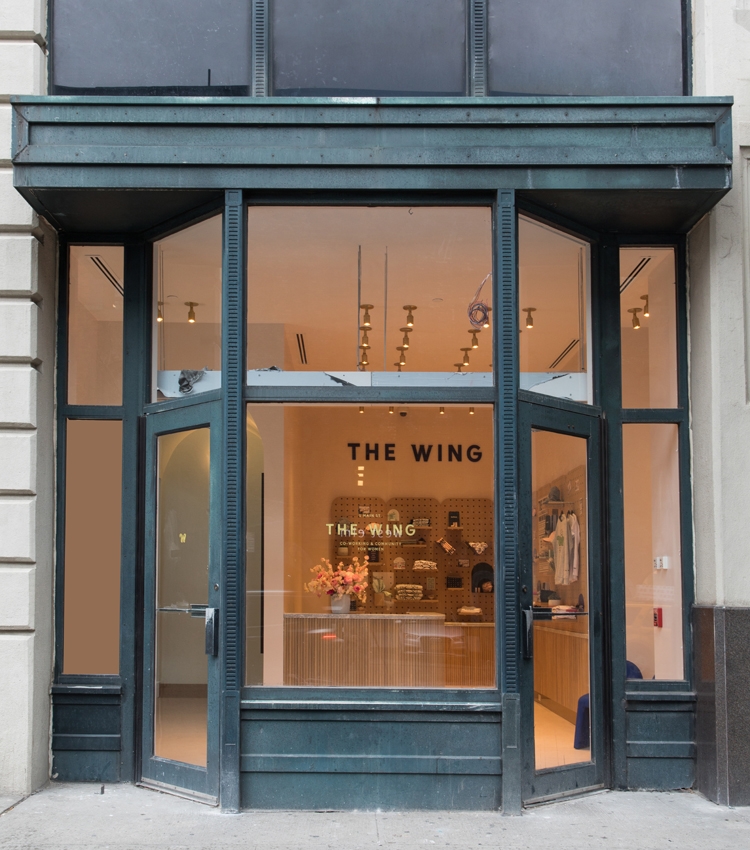

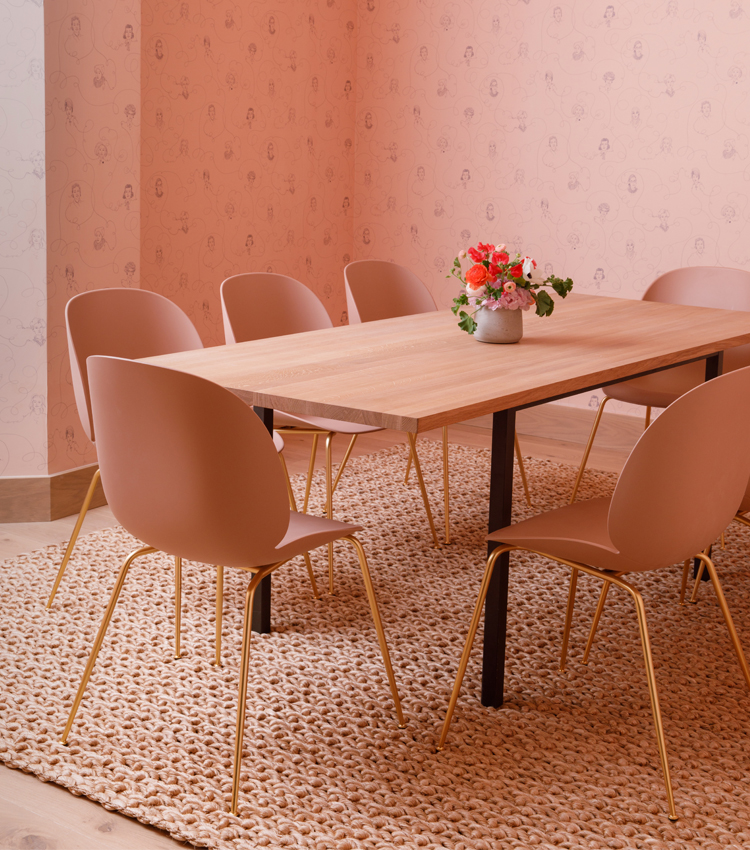
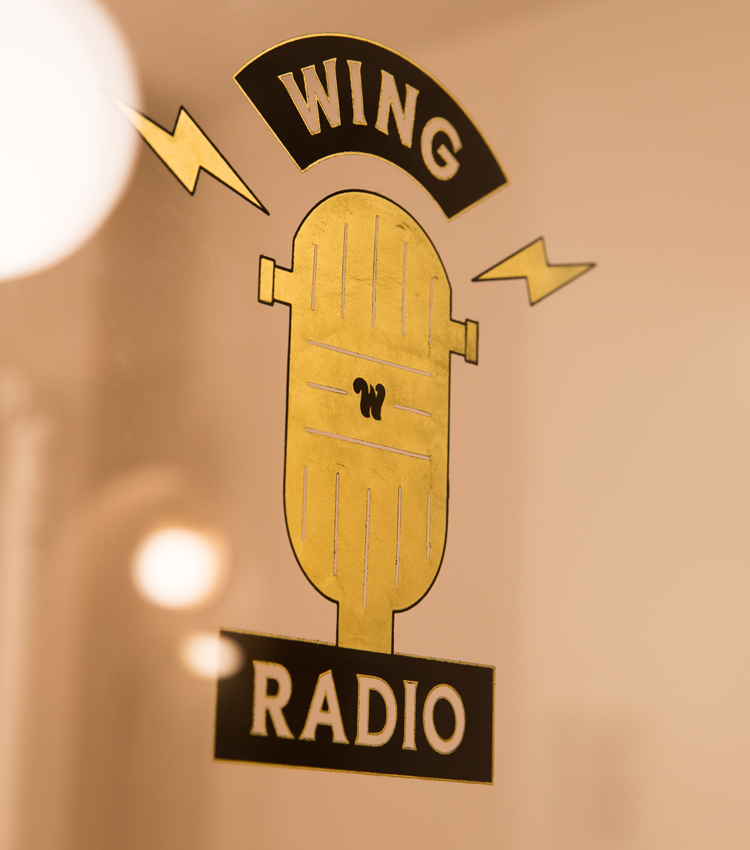
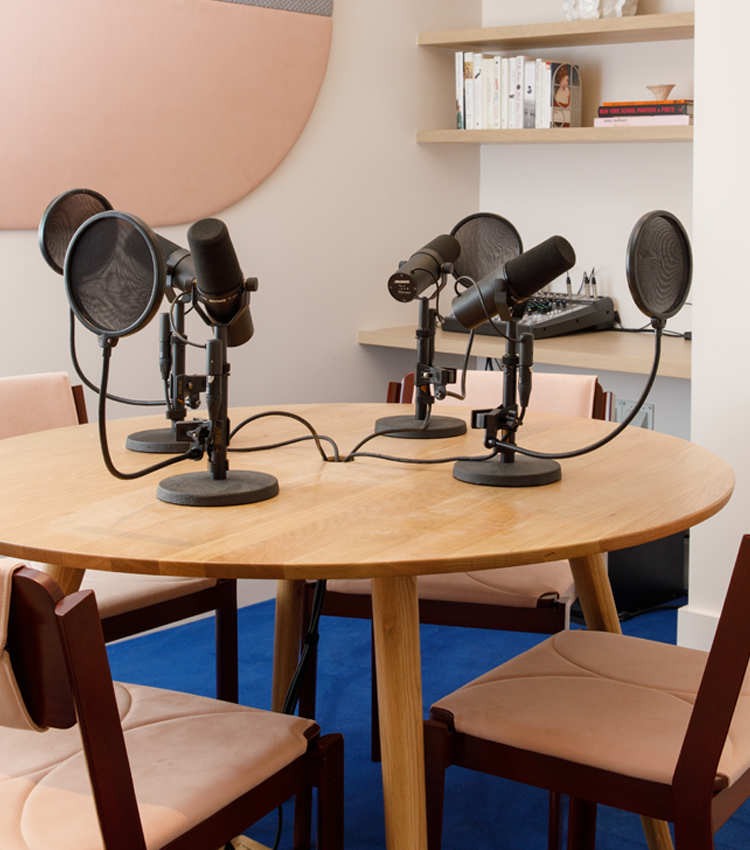
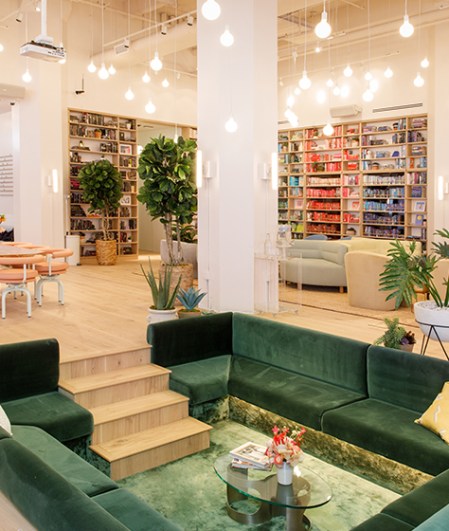
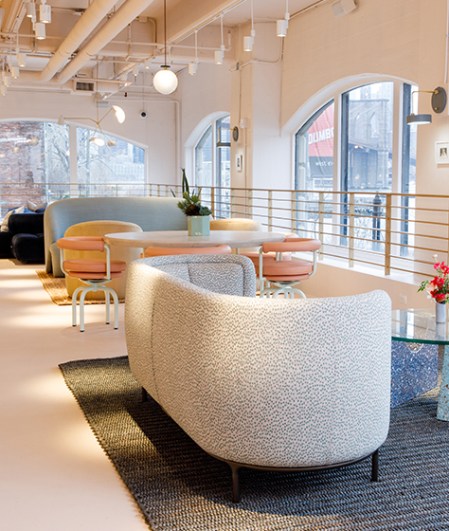
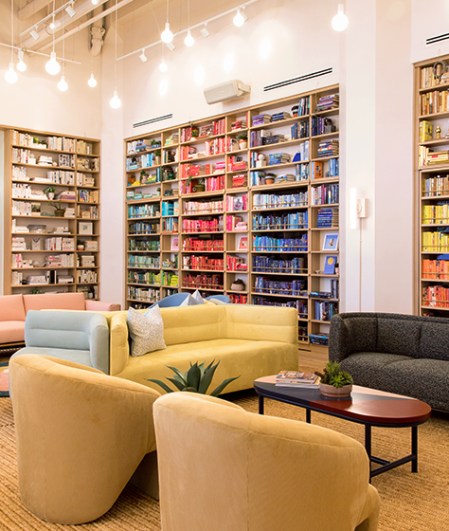
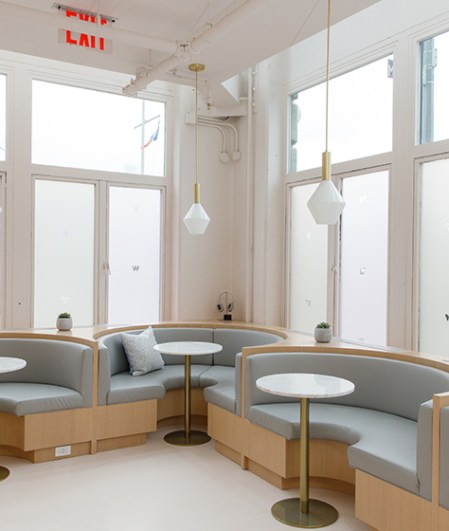
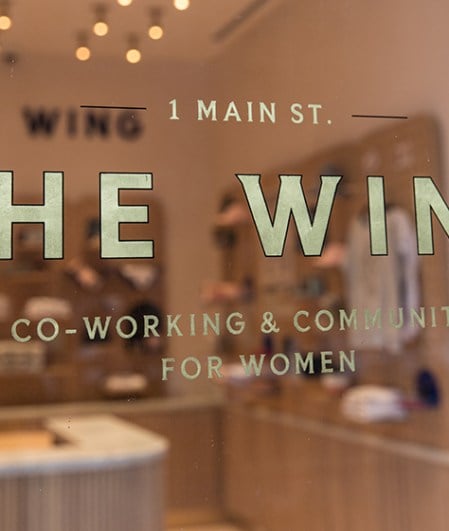
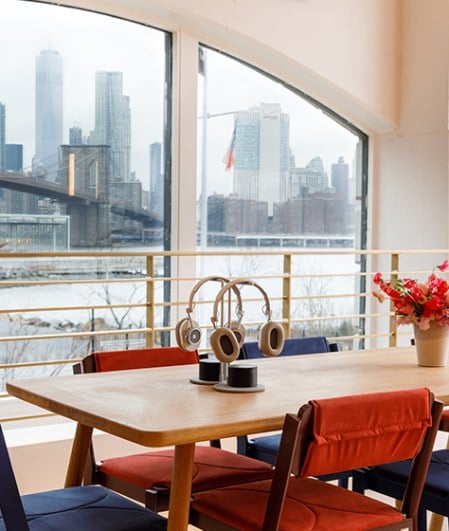
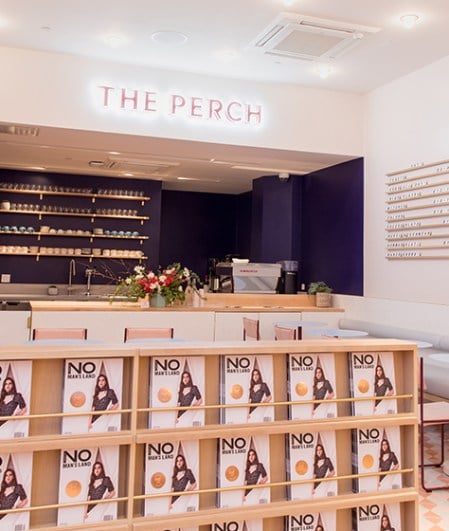
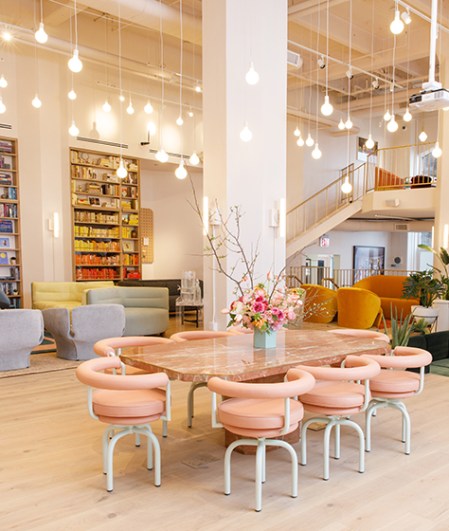

How did you begin your careers in architecture and design, respectively?
Alda: I naively selected architecture as my college major and it challenged the things that I was already interested in–problem solving and artistic expression. As I started to intern and work at firms, I loved seeing my designs materialize. I became hooked after my first built project was complete.
Chiara: After five years in fashion at Vogue Magazine, I left to start as an intern for Molly Isaksen Interiors. After three weeks, she hired me full-time and I knew I had found my calling. In 2010 I started my own firm. Since then, I strive to have a mix of residential and public, commercial projects.
How did you come to do this project with The Wing?
A: I was the Project Director for the Wing’s Flatiron location while working at a boutique design firm. When I struck out on my own, Lauren (Kassan, the COO), called to ask if I wanted to work on the second location, agreeing to be one of my first clients. That was my “big break.” As an organization that promotes and supports women in their entrepreneurial endeavours, The Wing practices what they preach.
C: I’d just finished designing the Penske Media and Variety offices in L.A. and the La Pecora Bianca restaurant in Flatiron. I was eager to branch out in the commercial world and friends introduced me to Audrey (Gelman, the Co-Founder & CEO) and Lauren. They are dream clients!
Knowing that the space is exclusively for women, how did you approach this project differently from other jobs?
A: In terms of process, decisions were made quickly and collaboratively as we could more easily understand or were open to each other’s perspectives. I could relate to the future users of the space–members who needed a non-intimidating space to work, share and network. I was essentially designing for myself!
C: The purpose of the Wing is what informed the decisions more than anything. The goal was to design a place to work, network, enjoy great programming and refresh. Other factors like a place for a mom to pump, or a wellness and podcast room also factored into my approach.
What were the most important decisions you made during this project?
A: I think the success of the Dumbo location is largely due to the options for differently-scaled work spaces-it gives members a choice in how they want to work, whether it’s among buzzing activity of the main floor, or wearing headphones in a tall, cozy armchair on the mezzanine.
C: The colors and fabrics were important in setting a tone. I worked hard to acquire high-end vendors and vintage finds from 1st Dibs that make a mark on the overall design. In Dumbo, I felt so insanely passionate about the sunken living room (there was a moment where we weren’t sure it was going to happen!)
Did you incorporate any learnings since opening the first location in NYC’s Flatiron District into the design of the new DUMBO space?
A: The Wing’s spaces are extremely unique from each other. Dumbo has an industrial vibe with concrete columns, SoHo is a dreamy loft, and Flatiron is a cool penthouse flat. The goal is to keep the unique character of the original spaces, even as we carry the The Wing’s aesthetic across in the finishes and furnishings.
C: All the “living room lounge” areas must be elegant and beautiful, but also workable. Every area must be a place a member could spend the day on her computer being productive. I am learning a lot about ergonomics. Attractive ergonomic furniture pieces are few and far between at the moment!
Do you have any design rules you always go back to?
A: Contrast is your friend–in texture, tone, use, and scale. Symmetrical and off-center compositions are both playful and balanced. I think about architectural design like photography or music–there should be a story to be told, foreground and background elements, highs and lows.
C: I design with the hope that something will feel fresh and new but remain timeless. I love a great trend, but I don’t want any of these locations to feel too specific to a time or moment. My inner dialogue is always, “But will this be cool five years from now? How about ten? Six months from now?”
Alda, as the co-founder of Designer’s Assembly, a forum meant to empower young designers, how has The Wing’s message of community and support impacted you? Why do you feel it’s important to shepherd young women in your field?
A: I’ve seen from The Wing that having consistent events builds a community where real conversations can happen among peers. Architecture’s a tough business, especially for young women. With demanding schedules, lack of female mentorship, and lots of competition, there is very little support. We share knowledge about things like getting promotions, breaking out on your own, or landing clients, which isn’t usually shared openly with younger designers.
Which women inspire you and why?
A: I’m awed and inspired daily by the female entrepreneurs that surround me (literally!) They all have incredible start-up stories. Also, my mom. She was a refugee from Vietnam, and often had to work two jobs when I was growing up. Hard work was always a given in my family. Thinking of what she’s done in her life puts my late night deadlines into perspective.
C: Michelle Obama. Everything she says and does is full of intention and grace. Lucille Ball was epic in her career in a male dominated industry and world, also Twyla Tharp, Elsie de Wolf, and Jane Goodall. My Nonna (grandmother) is also a major source of inspiration. She was the greatest adventurer. Crazy chic and elegant, but fearless. I inherited her love to travel and her desire for adventure.
As a creative person, what role does music play in your design process?
A: In the office, we play music suggested by our younger staff. It keeps our ideas fresh and playful. When I need to focus, I tune out and listen to anything that will separate me from the outside world, sometimes even just white noise on my headphones.
C: I’m open to all kinds of music. Some days I want classical, some days it’s whatever the design assistants feel like, and other days I will want a random mix of like Edith Piaf or Serge Gainsburg. There’s no rhyme or reason to what I listen to, but I can’t really work in silence.
What’s next for you?
A: I want our firm to continue to seek out clients that, like The Wing, have a strong sense of mission and entrepreneurship–I like being a part of big dreams.
C: More Wings! A couple fun restaurant projects. Several residential projects. I also love working on the wallpaper and fabric line I co-founded with artist Costanza Theodoli Braschi. I want to grow Maison C into a great wallpaper and fabric house.

